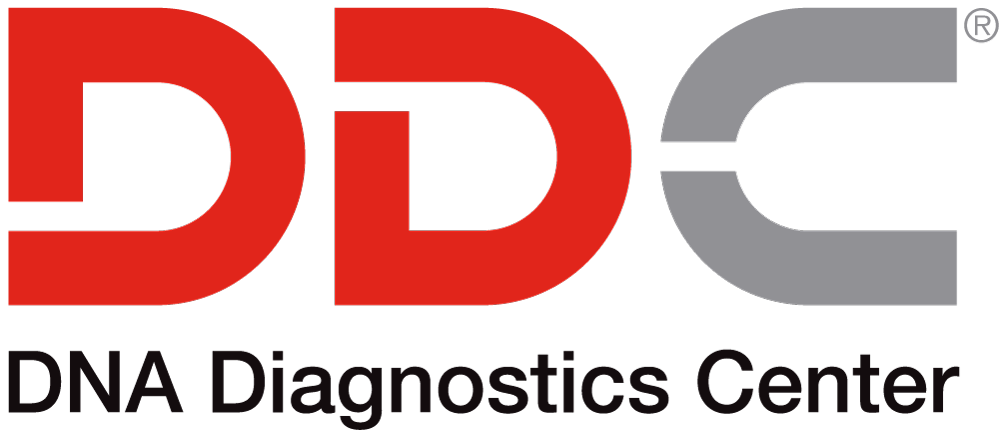JULY 30, 2018
When Two Possible Fathers are Brothers or Related

It’s not unusual for a customer to tell us there are two possible fathers for a child and that those two fathers are biologically related. Although two possible fathers who are related don’t share all their DNA (unless they’re identical twins), they do share enough that getting conclusive results for paternity testing may be problematic. So can paternity-test results under these conditions be trusted? Yes! Here are some relationship possibilities and how they may affect test results.
CALL FOR A FREE CONSULTATIONIf Possible Fathers are Brothers
It’s important to remember that, although they are closely related, full brothers each have very DNA profiles that are still quite distinct from each other. The chances of two brothers who are not identical twins matching a child at each genetic marker for paternity testing are not likely. But since the relationship between possible fathers is so close, we still recommend that each of the men test with the child, if possible. At the very least, it’s essential to notify the lab that there are two possible fathers and that they are brothers. The lab can then test more genetic markers, if necessary. It’s also important to include the child’s mother’s DNA in testing. When you include the mother’s DNA, it helps analysts to more easily determine which data is coming from the possible father and which is coming from her.
If Possible Fathers are Twins
Fraternal Twins
If the men are fraternal twins, the DNA connection between them is the same as it would be for “regular” brothers. As when “regular” brothers test, it’s best when both men can test and the mother should also contribute a DNA sample to strengthen paternity testing results (see If Possible Fathers are Brothers, above).
Identical Twins
For identical twins, their DNA is as you would expect: exactly the same! With today’s level of technology, this makes being able to genetically differentiate between the twins for paternity testing purposes practically impossible and completely cost-prohibitive since it would require testing most of their genetic markers instead of the standard 16.
CALL FOR A FREE CONSULTATIONIf Possible Fathers are Father/Son
A full 50% of the son’s DNA comes from his father, so if these two men are the possible fathers for a child, there is a high possibility of obtaining a “false positive” result if only one of the men participates in testing. Therefore, the ideal is for both men to test with the child. If this isn’t possible for whatever reason, then the lab must be notified ahead of time (so that additional analysis can be conducted) and the mother should definitely send in her DNA sample as well.
If Possible Fathers are Cousins
Even men who are first cousins don’t share enough genetic material in common to cause a “false positive” for a paternity test: the connection is just too far removed to make a significant difference.
Final Thought
To repeat the most important points: In all cases where two possible fathers are closely related, it’s best if both men can test at the same time. If there is a close genetic connection between possible fathers, and only one man can or is willing to test, it’s important to notify the lab about the biological relationship when submitting DNA samples: better safe than sorry!
About DNA Diagnostics Center (DDC)
DNA Diagnostic Center is the world leader in paternity and relationship testing. We serve healthcare professionals, government agencies, and individuals around the world to determine family relationships with trusted accuracy.
More Questions? Don’t hesitate to call us: we’re here to help!
CALL NOW




